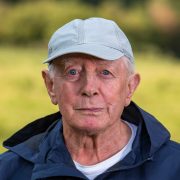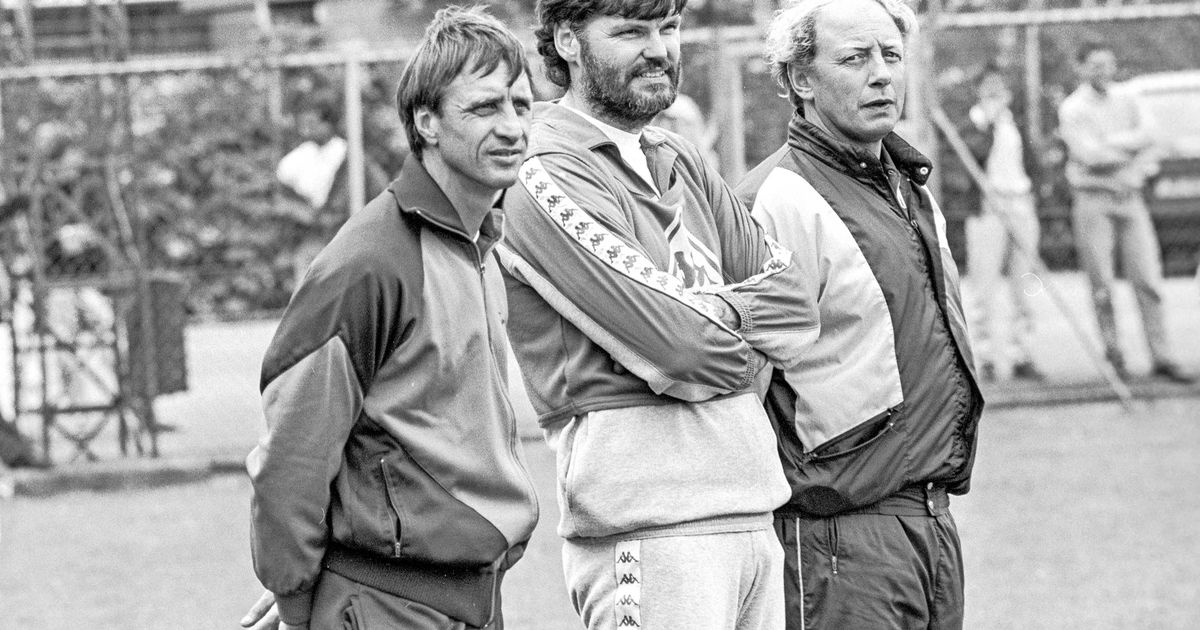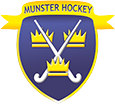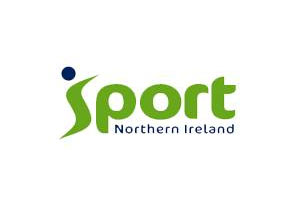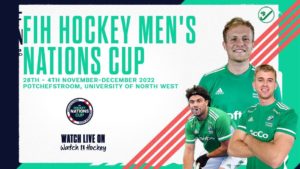Cees Koppelaar tribute
Kindly written and supplied by Stephen Findlater.
“The beauty of life is movement” – Cees Koppelaar
The Irish hockey community joined the wider world of Dutch sport to remember Cees Koppelaar last week following his death on Monday [April 26th] at the age of 81.
He could tell someone’s talent from the way in which they ran and he saw plenty of talent in his colourful life, one which brought him to Irish attention from 1987 to 1997 as senior men’s coach and, ultimately, Honorary Membership of Hockey Ireland.
Before that, Koppelaar had already achieved more than cult status in his homeland where he ran internationally in the 800m and 4x400m.
But it was in the coaching realm that he truly made his name, starting off at the Sagitta club, home to Fanny Blankers-Koen. Her husband, Jan, recommended his talents to Ajax coach Rinus Michels, initially with a second team that featured future legends Ruud Krol and Arie Haan.
After an initial trial of 10 sessions, Michels kept him on and he was soon refining the running techniques of Johan Cruijff all the way through to the 80s with Frank Rijkaard and Marco van Basten.
Cruijff would discover his hard but fair methods when he tried to move a training cone a little closer to shorten the pain in a running session: “You don’t steal from uncle Cees, you steal from yourself!” was the lesson.
He settled in Bloemendaal at the end of the 1970s where his passion for hockey was ignited, working with the village’s famous club, immersing himself in the game. He was installed as coach, bringing the club back to the upper echelons of the Hoofdklasse.
He had hoped to be co-opted to the Dutch national team but when his application for that role was turned down, Ireland stepped in. George Treacy had met him at coaching courses in the Netherlands and helped hatch a plan to bring him over to Ireland.
Along with Dixon Rose, they flew him over to Dublin and a deal was signed in the kitchen at Grange Road to make him the first paid men’s head coach in 1987.
Rose explained: “He wasn’t really thought of as a hockey coach in Holland, more of a physical trainer. His connection with hockey was tenuous.
“It was big for him to get [the Irish job] because he was frustrated not to get the Dutch job and he was hell-bent on proving to the Dutch that he could coach. That was why he was keen to take it and we really got the benefit from him!
“It was a seismic shift. Cees had a great personality. He wasn’t a hockey person per se but he had a major insight to Ajax and saw it like football with sticks. His legacy was he put Ireland on the map in European and world terms.
“He could tell when he saw a hockey player when he was running from behind whether he would be any good or not!”
Koppelaar was famed for his affability, his ability to tell a story and to engage with allcomers. And he was also known for what some called his distinctly Dutch way of calling a spade a spade, knowing his own mind and what he wanted.
“He could be a very volatile person,” Rose added. “When I initially told him George [Compston] was going to come in to join him as manager of the team [in 1988], he flew off the handle.
“He wanted to appoint his own manager; I said he could accept our recommendation or go back to Holland. I asked him just to try it, meet George, have the craic with him and see what you think.
“They just gelled immediately. George was perfect for him; he was pragmatic, quiet and very efficient and so they became the perfect partnership and that is when the success came.”
The outcome was plain to see; a place at the 1990 World Cup in Lahore and a fifth place finish at the European Championships in 1995.
And he relished helping Ireland land their first – and, still, only – win over the Netherlands, a 2-1 success in 1995 in Dublin. In total, he was head coach for 127 games, with 52 wins.
More than that, he travelled the length and breadth of the island to support the sport, running coaching clinics wherever called for one.
Following his Irish stint, he returned to his original job as a running trainer with RKC Waalwijk football club and, always, with Bloemendaal and the Dutch national setup. In 2012, he was included in the KNHB’s Order of Merit, and he would remain involved at the highest level until just two years ago.
He famously gave the country’s best ever player, Teun de Nooijer, his first start at club level at the age of 15, and he encapsulated his influence.
“You read everywhere that Cees was a running trainer, but he was so much more than that,” de Nooijer said. “He was tactically strong and often acted as mentor to the group. He was someone with the gift of striking the right chord with players.
“Hard, but fair. He had a perfect sense of what it took to get a team up and running again. He often saw from a distance whether someone was not feeling well. He immediately started working on it. Always with a lot of enthusiasm, anecdotes and humour, and with an enormous empathy.”
*Pictured about in his role as running coach with HC Bloemendaal and then back in the 70s with Johan Cruijff
